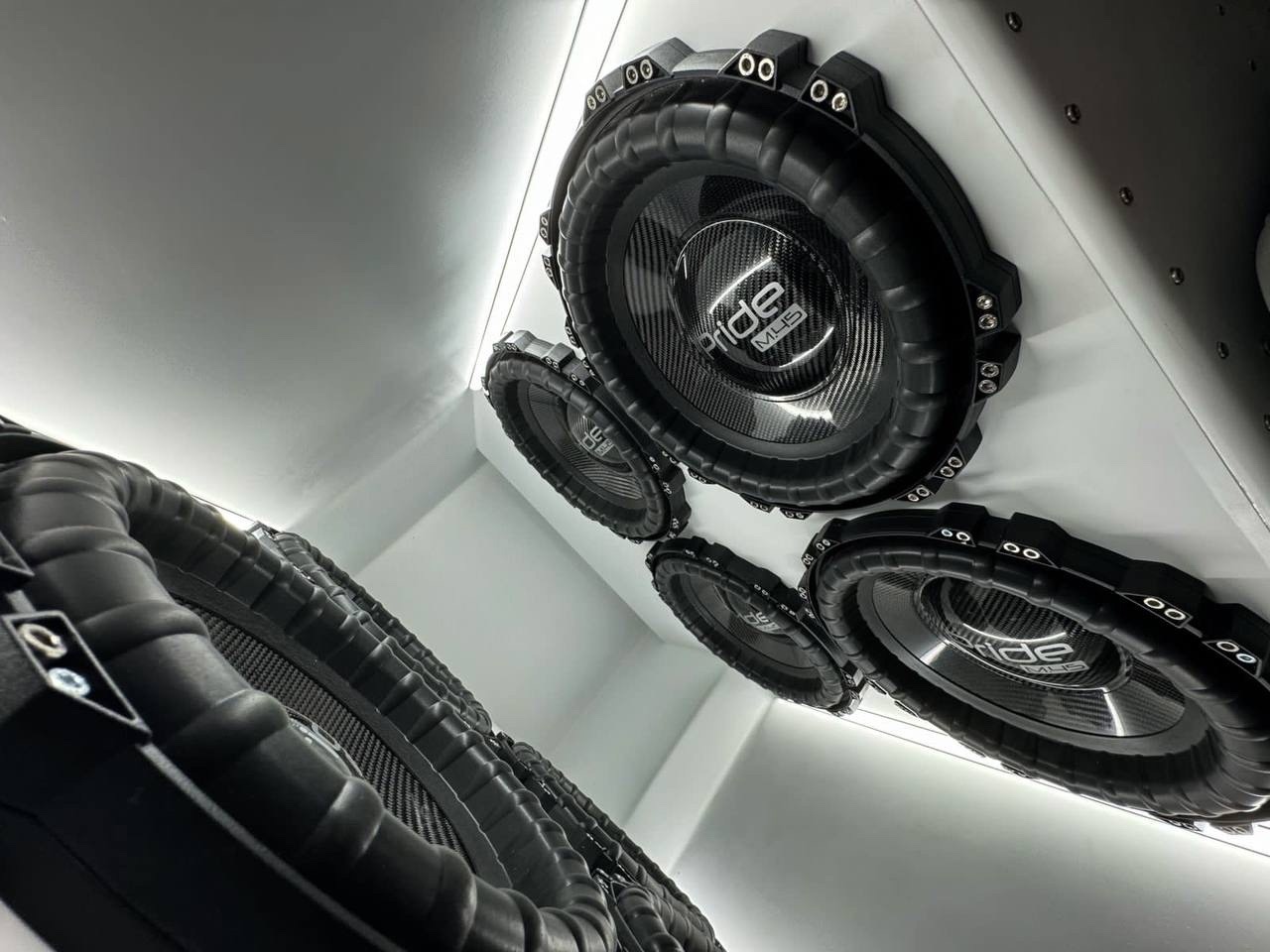Tips for Choosing the Right Amplifier Power for Your Subwoofer

Are you struggling to select the perfect amplifier for your subwoofer after choosing the speaker? It’s a common dilemma, with conflicting opinions online:
– Some say the amplifier should have less power than the subwoofer to prevent overloading.
– Others argue that the amplifier power should match the subwoofer power.
– And then there’s the camp that believes the amplifier should be more powerful than the subwoofer.
It’s like the age-old fable of the swan, the crayfish, and the pike, each with its own perspective. But let’s cut through the confusion and determine the best approach.
Firstly, let’s establish a few key points:
– We’ve defined the nominal impedance of the speaker, ensuring compatibility with the amplifier.
– The amplifier must handle the speaker’s load effectively.
– When we refer to “power,” we’re talking about nominal power, often denoted as RMS (root mean square), standardized for both speaker and amplifier.
For the speaker, it’s about continuous power handling without irreversible changes. For the amplifier, it’s the maximum power without excessive distortion.
Considerations for avoiding speaker damage:
– Mechanical damage occurs with excessive excursion beyond the cone’s travel limits.
– Thermal damage happens due to overheating, often from amplifier clipping or coil excursion beyond the magnetic gap.
So, what’s the best approach for amplifier power?
– Avoid weak amplifiers to prevent the risk of burning the voice coil.
– Matching amplifier power to speaker power isn’t ideal due to voltage fluctuations and potential overheating.
– Opt for an amplifier 1.5-2 times more powerful than the subwoofer for optimal performance and longevity.
While mechanical damage is a risk, proper usage and avoiding “ultra-low” tracks can extend the speaker’s lifespan.
In conclusion, there’s no foolproof method, but selecting a more powerful amplifier offers the best chance of a durable speaker. Keep these tips in mind when making your decision.
